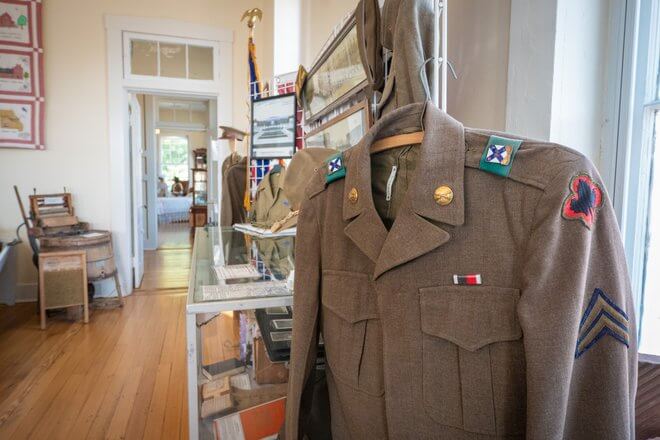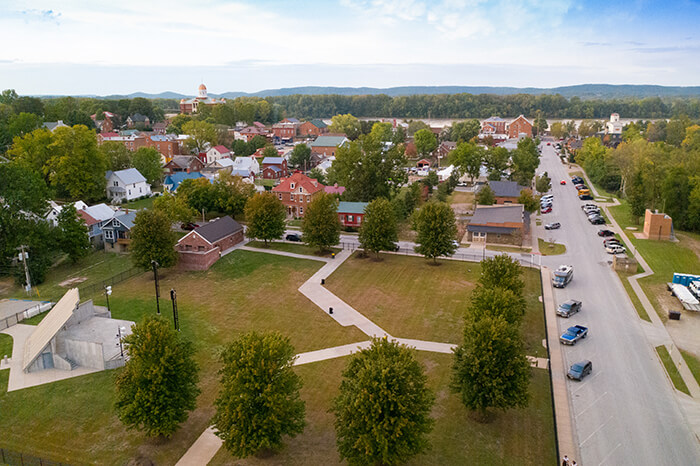
History in a Bottle: About Hermann’s AVA Designation
Every single bottle of wine tells a unique story. In Hermann, the story begins nearly two centuries ago, when German immigrants began settling along the Missouri River. Largely through trial and error, they learned to cultivate grapes on craggy hillsides and in rugged wilderness, and in hot, humid conditions. By the end of the 19th century, Hermann was among the largest wine-producing regions in the world.
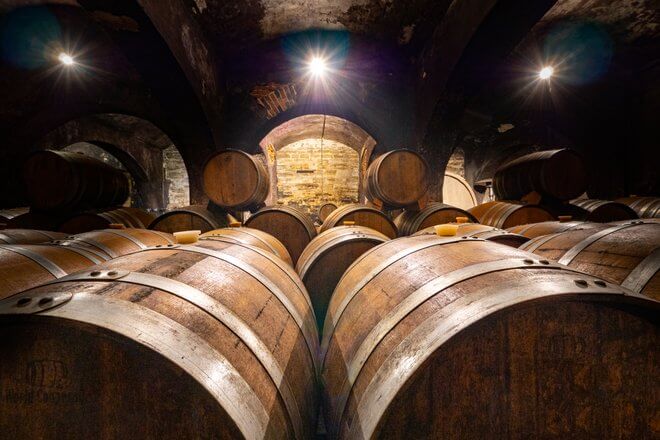
Did you know that Hermann is an American Viticultural Area (AVA)?
Regulated by the Alcohol and Tobacco Tax and Trade Bureau (TTB), an AVA is defined as “a delimited grape-growing region with specific geographic or climatic features that distinguish it from the surrounding regions and affect how grapes are grown.”
Becoming an AVA is typically a years-long process, and to use the AVA designation on bottle labels, the federal government says at least 85% of the grapes used to make your wine must come from within the AVA boundary. Further, the wine must be fully finished in the state in which the viticultural area is located, the TTB notes.
Interesting facts:
- Hermann was recognized as an American Viticultural Area (AVA) on August 18th, 1983, among the earliest in the United States and the second in Missouri.
- The AVA consists of 51,200 acres in the Hermann area between St. Louis and Jefferson City.
- As of June 3, 2022, there are 266 established AVAs in the United States. California is home to 146 of these regions.
- There are still only three AVAs in the state, including Augusta, Hermann, and Ozark Highlands.
Hermann’s AVA is in Gasconade County, and it’s contained in the Ozark Mountain AVA. Hermann’s wineries sell nearly 200,000 gallons of wine each year, which is about one-third of the state’s total.
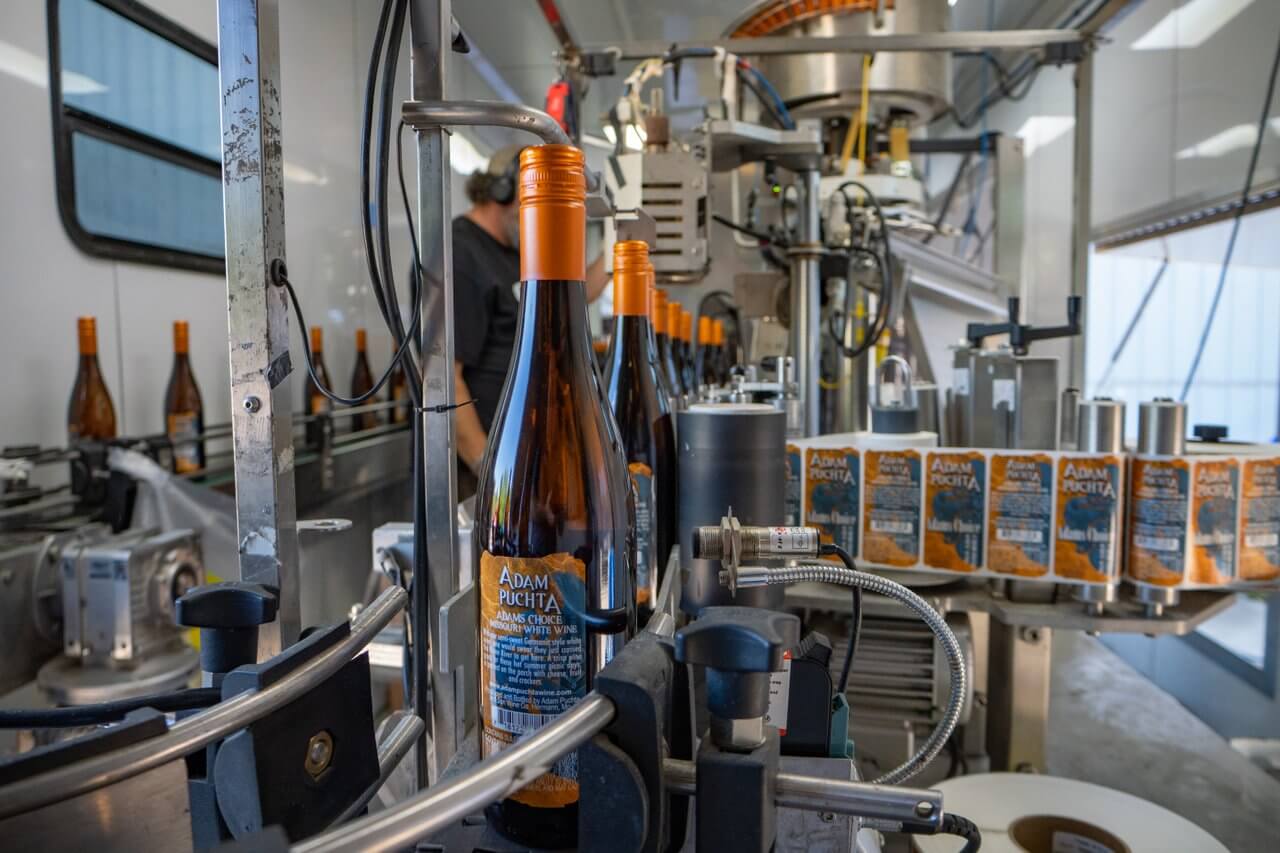
Economic Impact Recognized
In 2018, the second session of the 115th Congress recognized the contribution of AVAs to the economy, noting that in 2017, the wine industry in the United States generated more than $219,000,000,000 for the economy, employs more than 1,000,000 people and supports nearly 300,000 jobs in industries that supply goods and services to winegrowers and wineries.
It also noted that wine regions in the US host more than 43,000,000 tourists and generate nearly $18,000,000,000 in tourism expenditures each year.
The AVA designation, according to the resolution:
- Allows vintners to describe more accurately the origin of the wine;
- Helps vintners build and enhance the reputation and value of the wine produced;
- Allows consumers to attribute a given quality, reputation, or other characteristic to a wine made from grapes grown in an AVA; and
- Helps consumers identify wines to purchase.
Hermann’s wine history, both pre- and post-AVA designation, is long and full of twists and turns. The city’s success was halted by Prohibition in 1919, which thrust the city into the Great Depression much before the rest of the country. Stone Hill Winery led the way in re-establishing the industry, and today, Missouri has about 130 wineries and a state-funded Grape and Wine program at the University of Missouri.
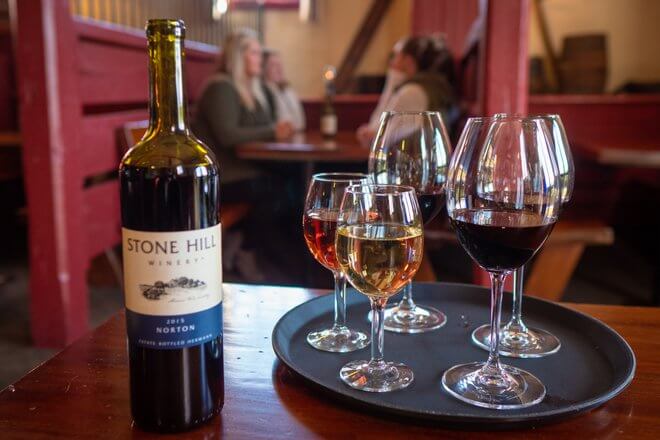
Dig Deeper Into Hermann’s Wine History
Learn more about Hermann’s wine history at local exhibits:
Historic Hermann Museum– Located in the 1871 German School Building, this museum features a look back at Hermann’s history.
Deutschheim State Historic Site– Here, visitors can immerse themselves in the daily life and traditions of German immigrants from the mid-19th century.
Stone Hill Winery– In addition to its winery tours, Stone Hill now has a museum room where visitors can see winery artifacts and informative history panels.
Plan your visit today!
